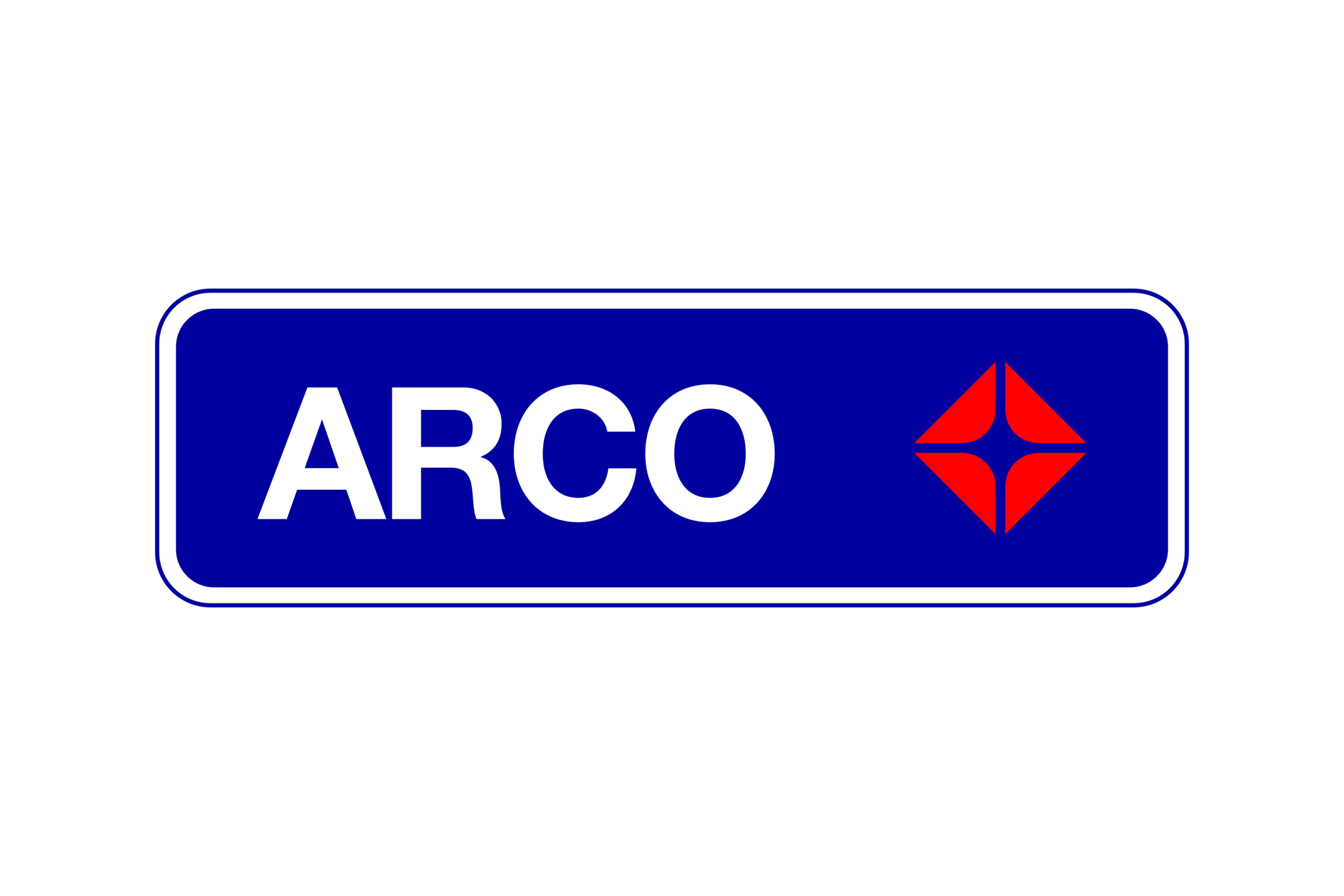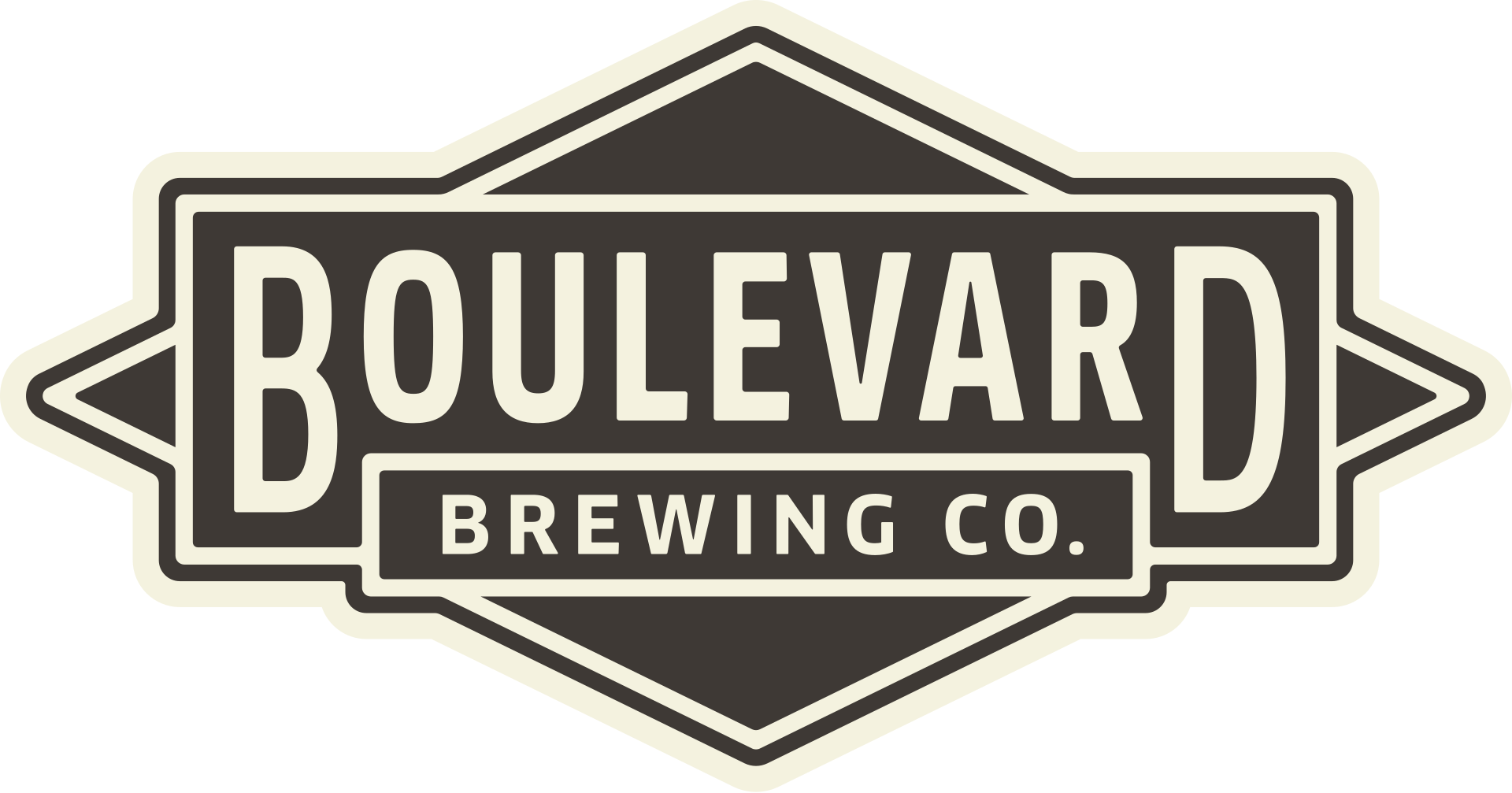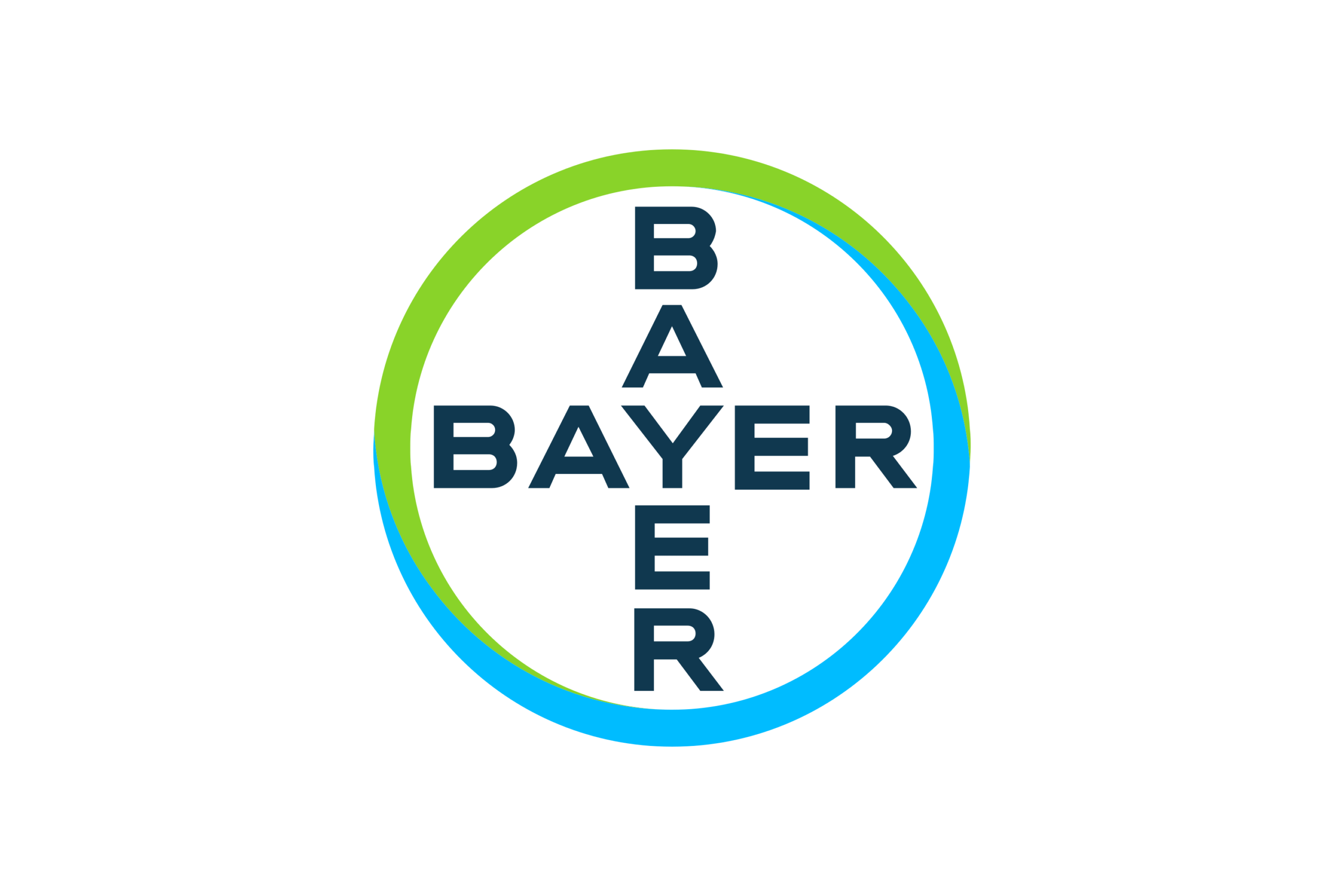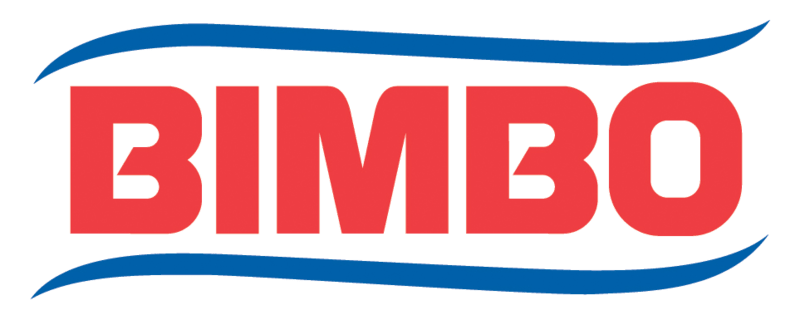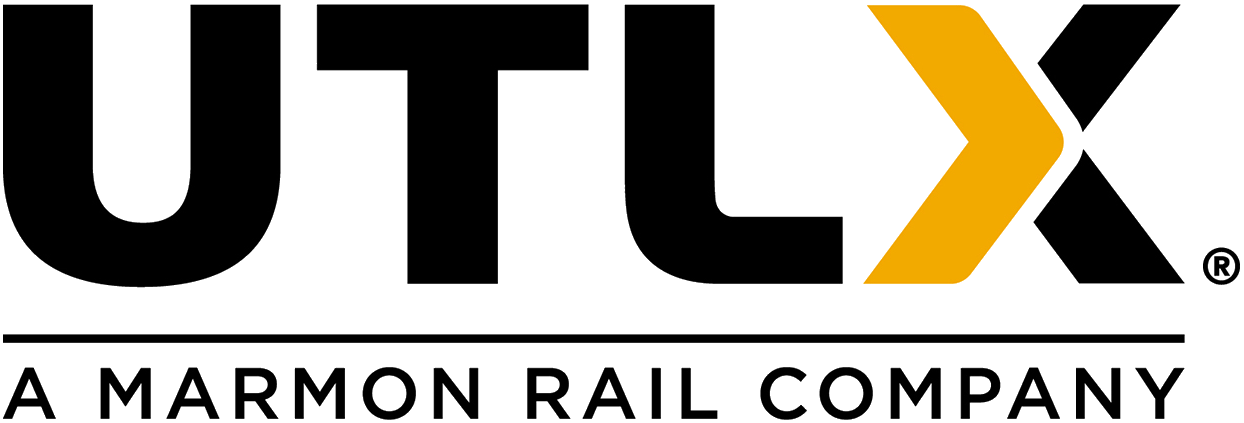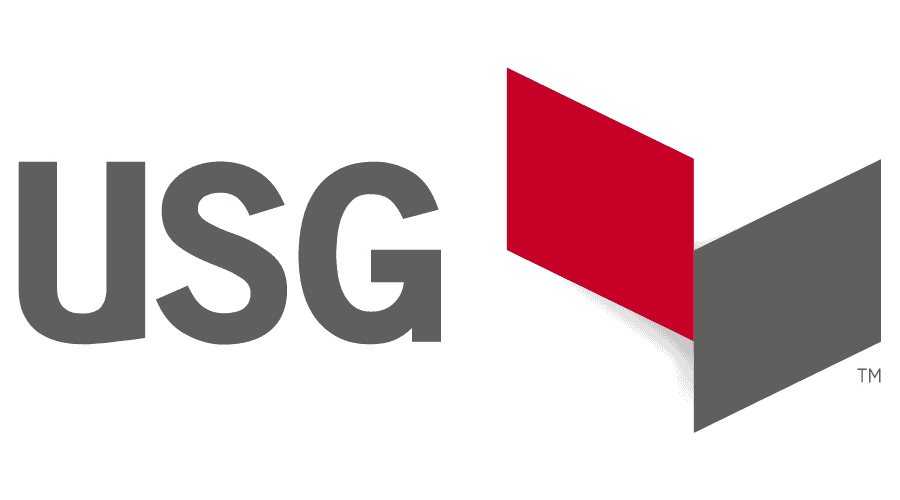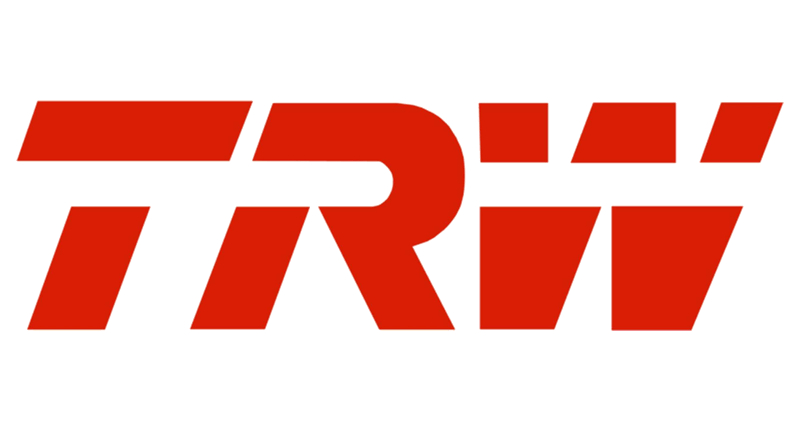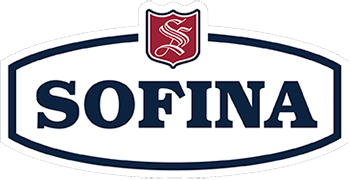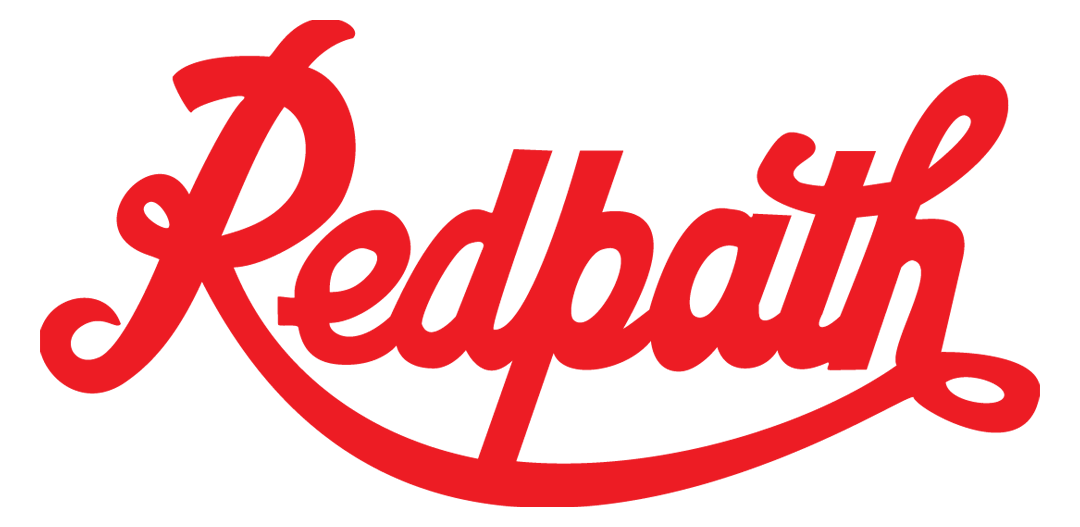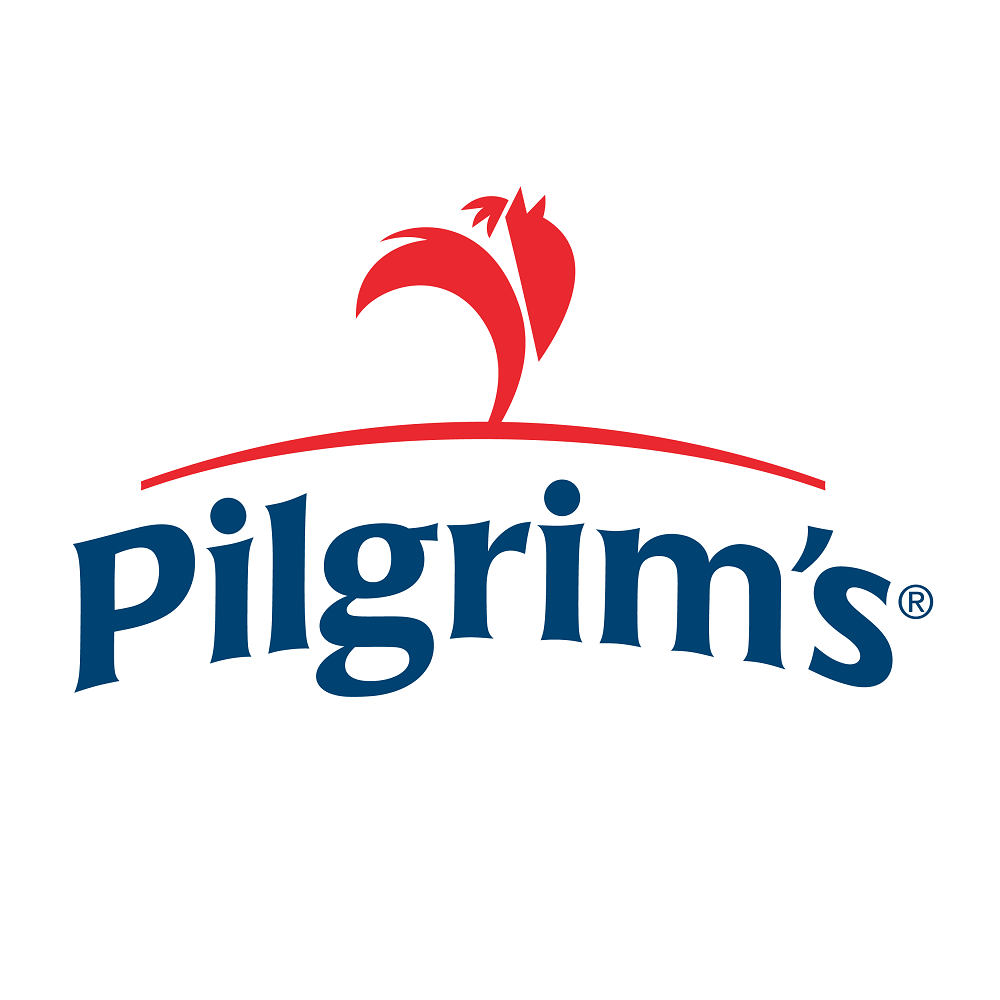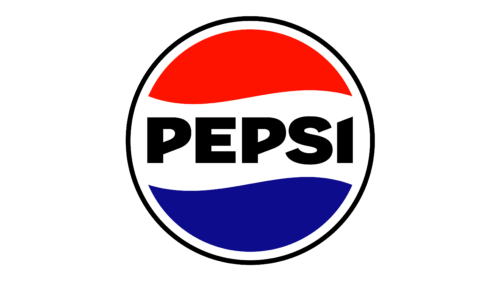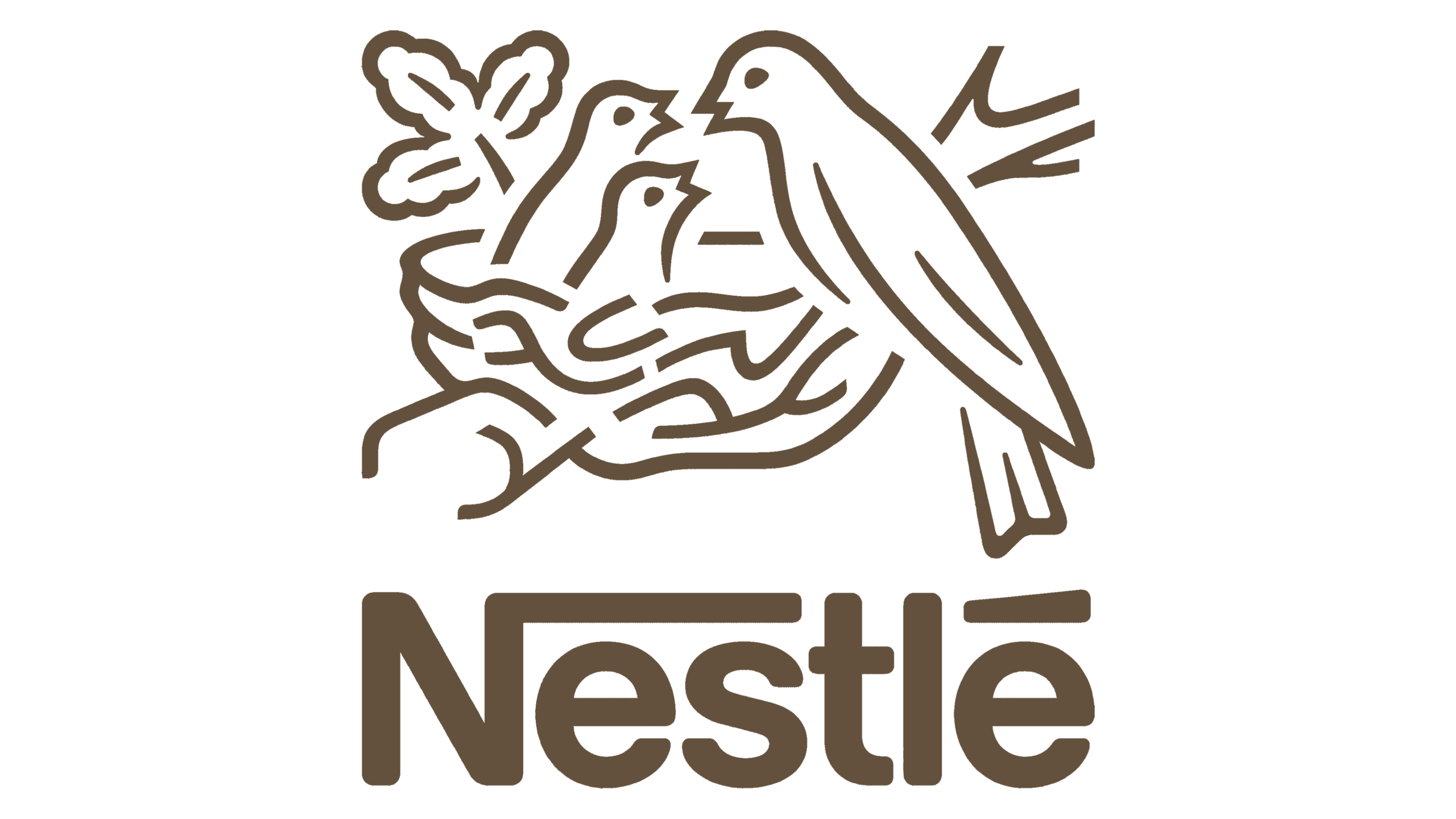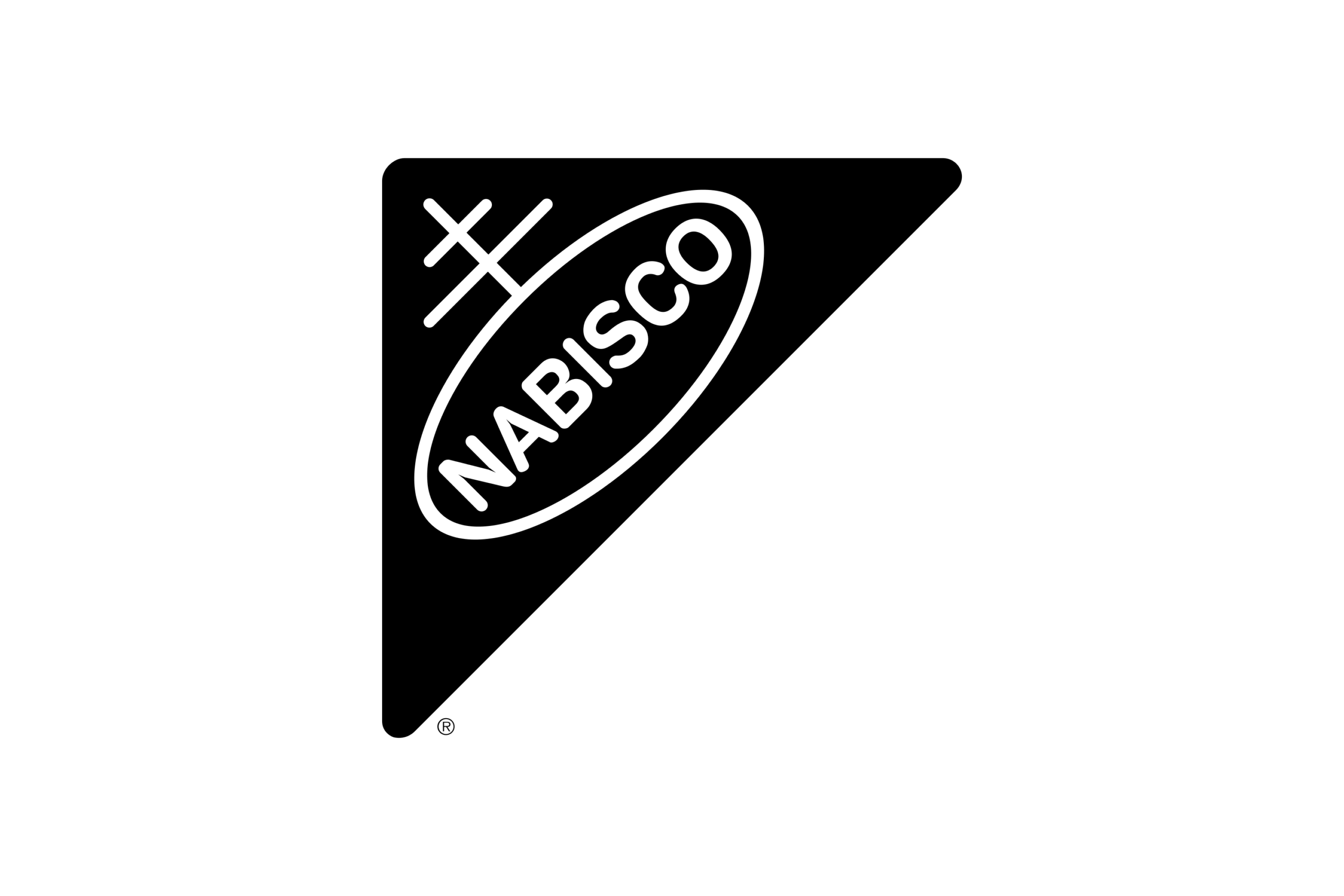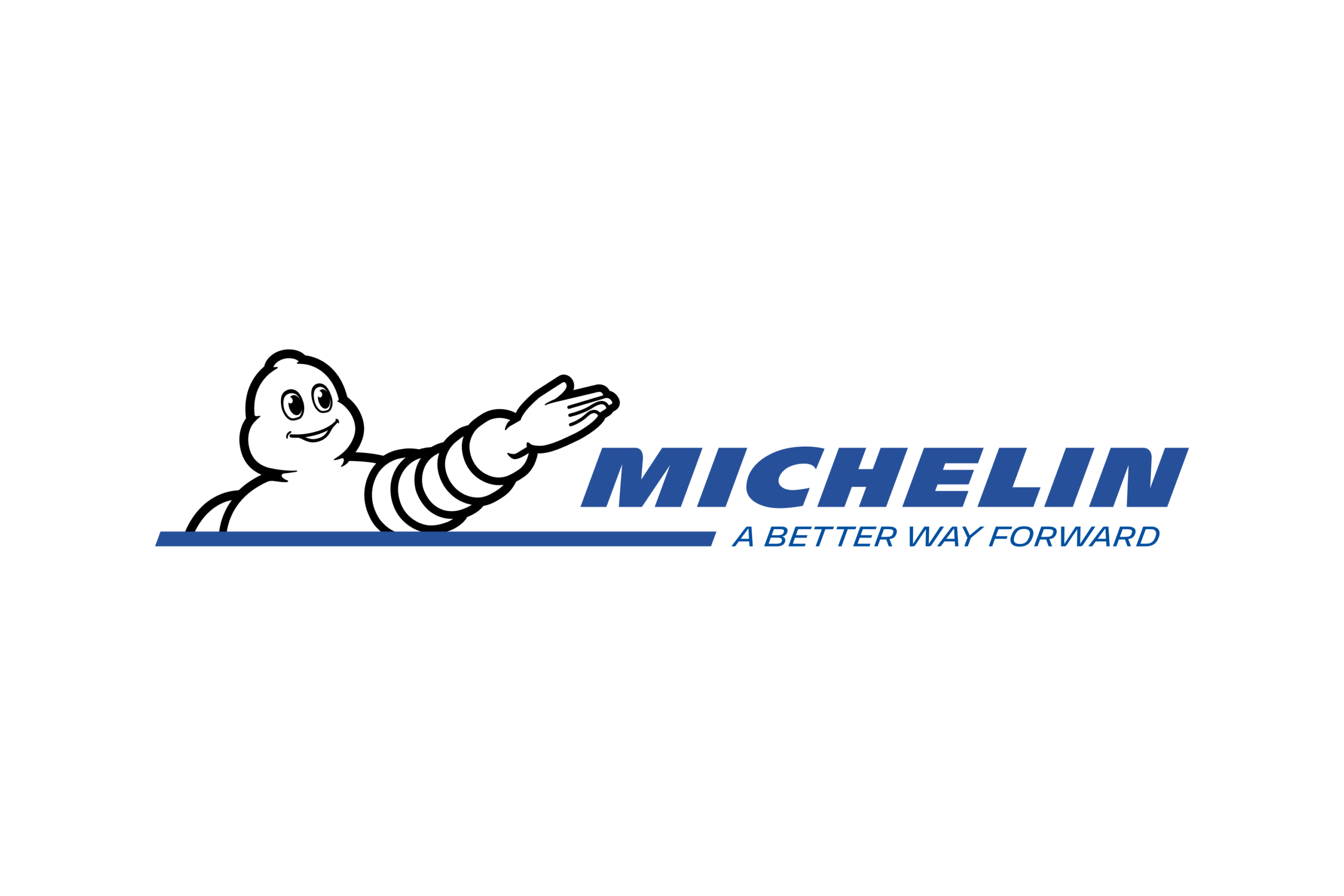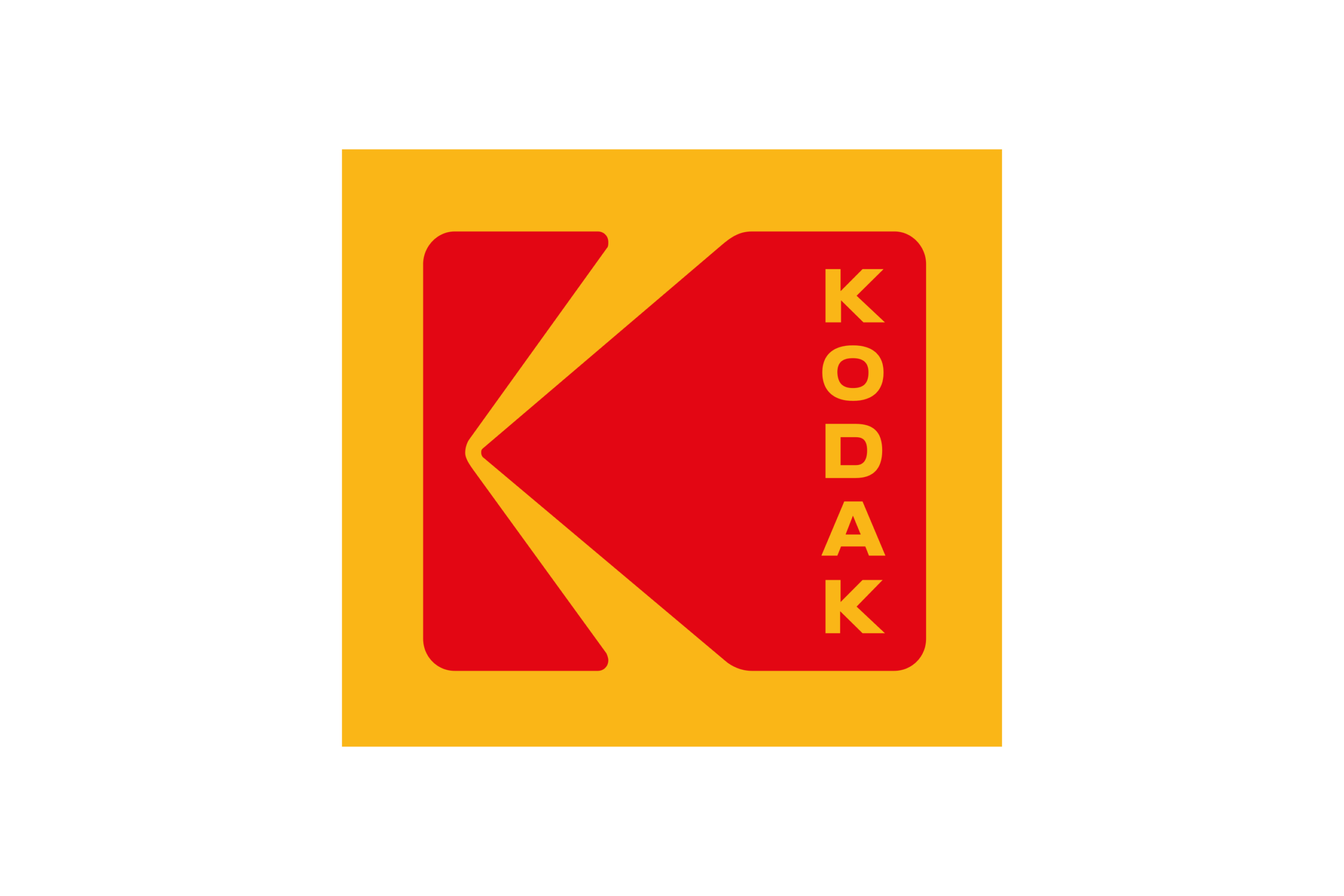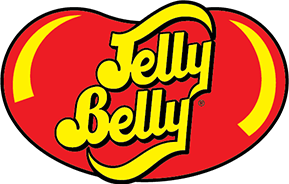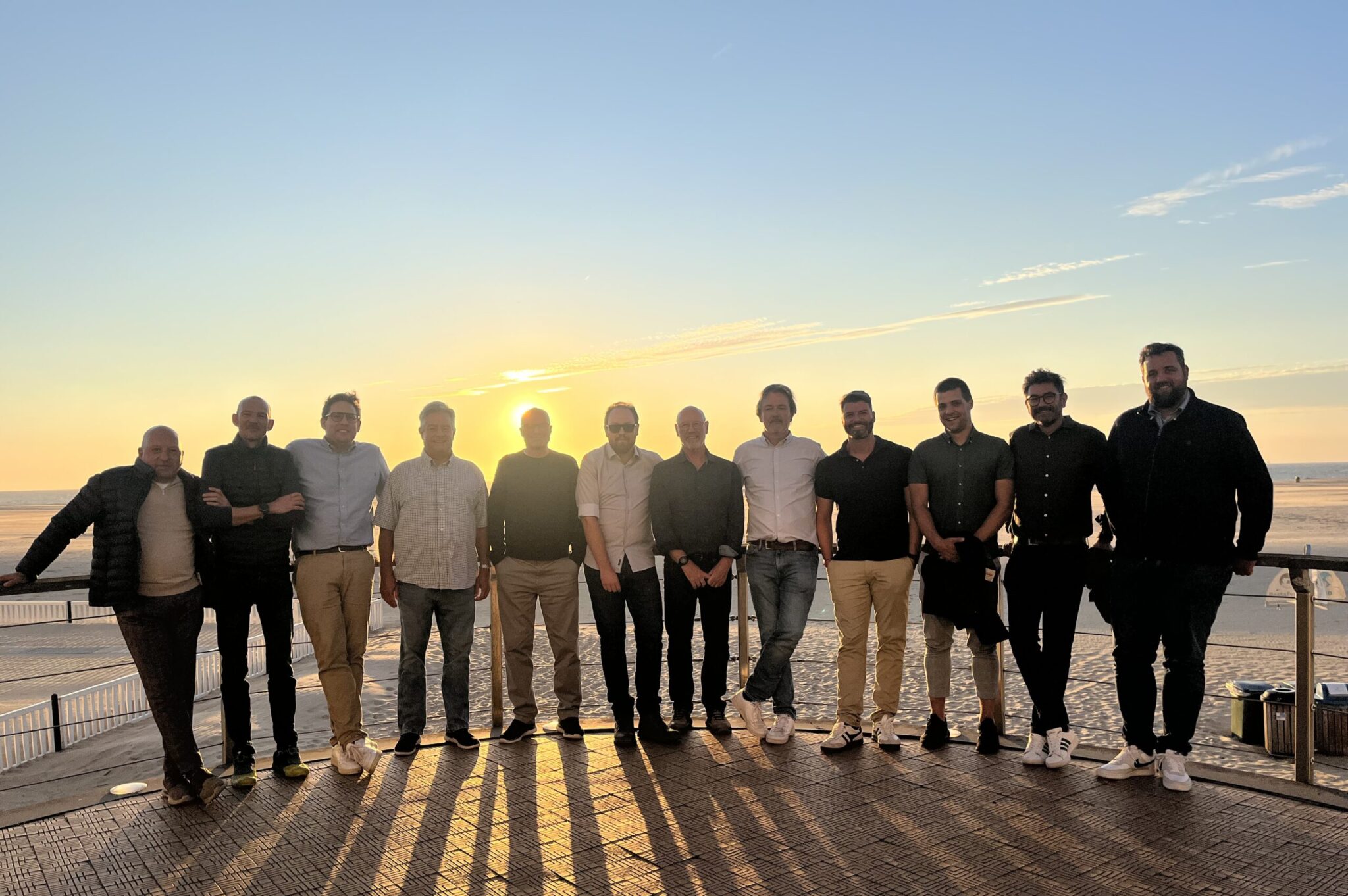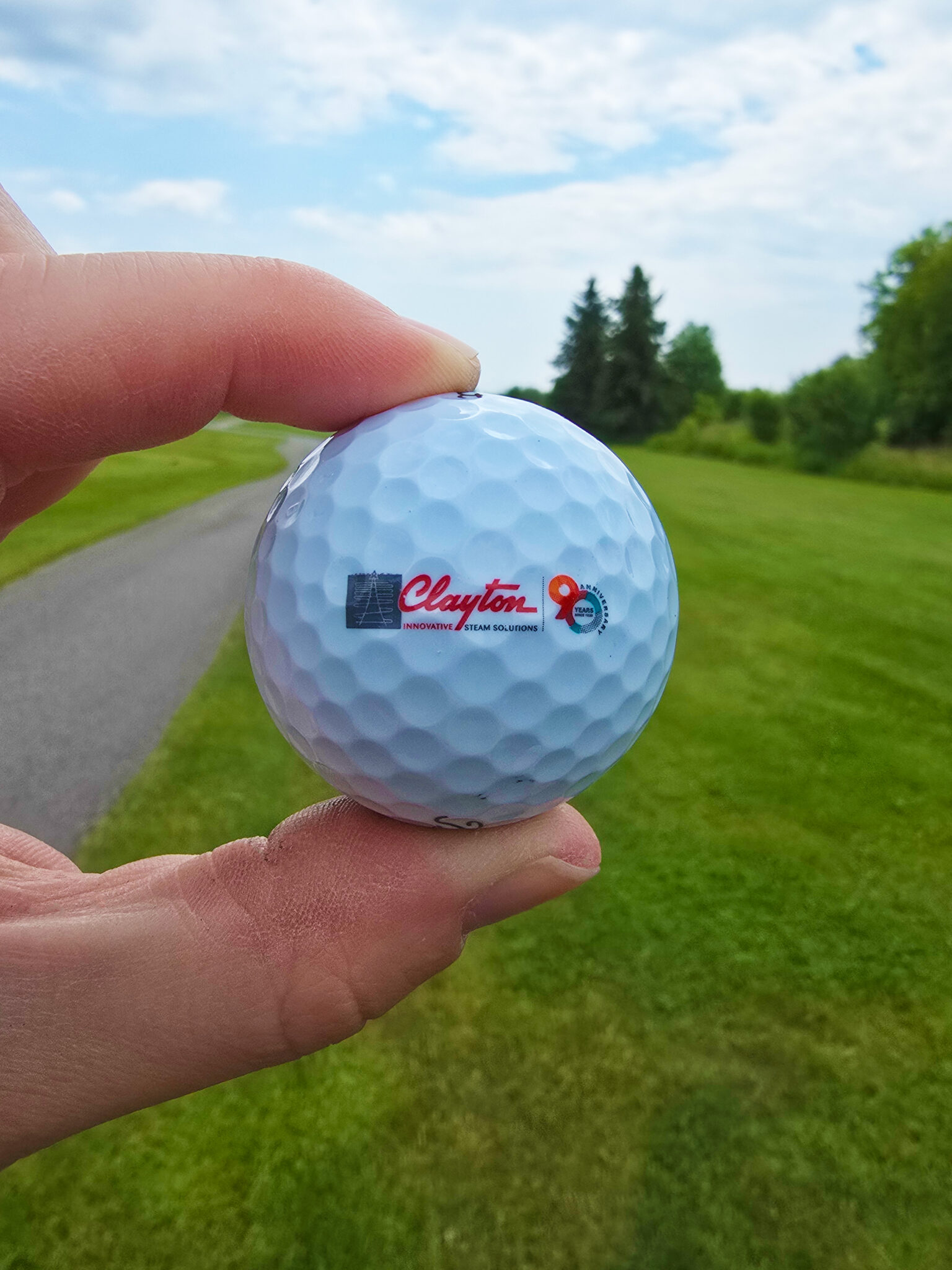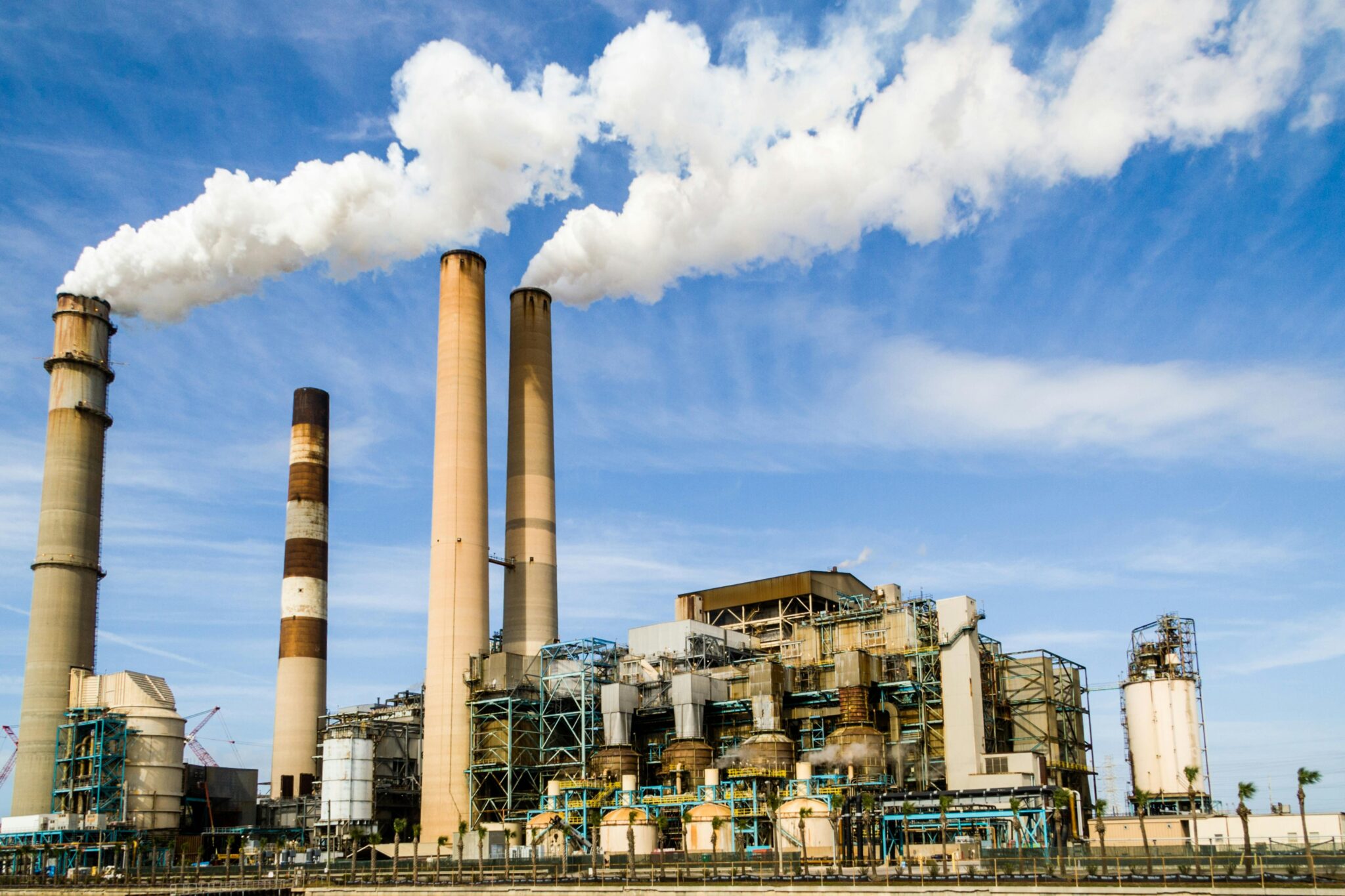Clayton Industries Products
Home > Products
150 - 2000 BHP
E-Series
Take advantage of the industry’s leading technology with Clayton’s E-Series Steam Generator. Available from 150 to over 1000 Boiler Horsepower, our forced circulation and counter flow heat design provide higher efficiency and the industry’s lowest operational costs.
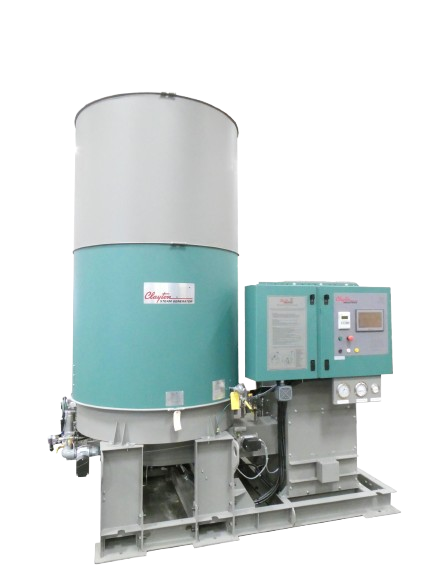
150 to 2000 BHP
25 - 200 BHP
SigmaFire
Available from 25 to 200 Boiler Horsepower, Clayton’s SigmaFire Steam Generator provides an easier installation and a smaller physical footprint, all without sacrificing the quality and reliability our customers demand.
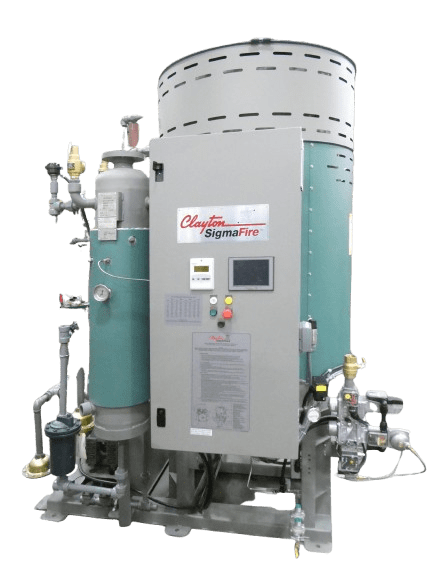
25 to 200 BHP
15 - 45 BHP Steam Master
Our smallest and most compact design yet! Designed with minimal floor space in mind, The Clayton Steam Master provides a portable, user friendly experience, ideal for smaller operations or applications where space is at a premium, while still providing a steady and reliable source of steam.
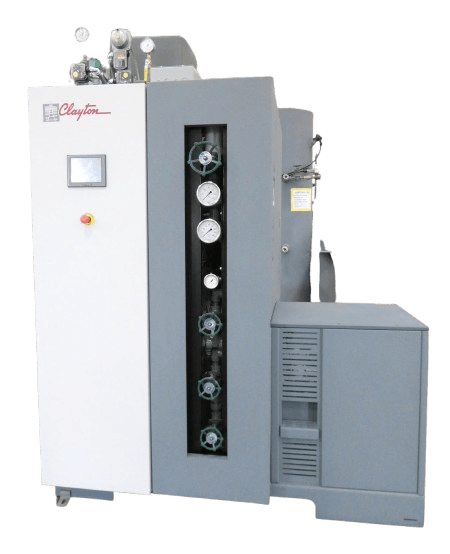
15 to 45 BHP
15-45 BHP Steam Master
Clayton’s latest product is our most compact design yet! Designed with minimal floor space in mind, The Clayton Steam Master provides a portable, user friendly experience, ideal for smaller operations or applications where space is at a premium, while still providing a steady and reliable source of steam.

15 to 45 BHP
50 to 200 BHP SigmaFire
Available from 25 to 200 Boiler Horsepower, Clayton’s SigmaFire boiler provides an easier installation and a smaller physical footprint, all without sacrificing the quality and reliability our customers demand.

50 to 200 BHP
150 to 2000 BHP E-Series
Take advantage of the industry’s leading technology with Clayton’s E-Series boiler. Available from 150 to over 1000 Boiler Horsepower, our forced circulation and counter flow heat design provide higher efficiency and the industry’s lowest operational costs.
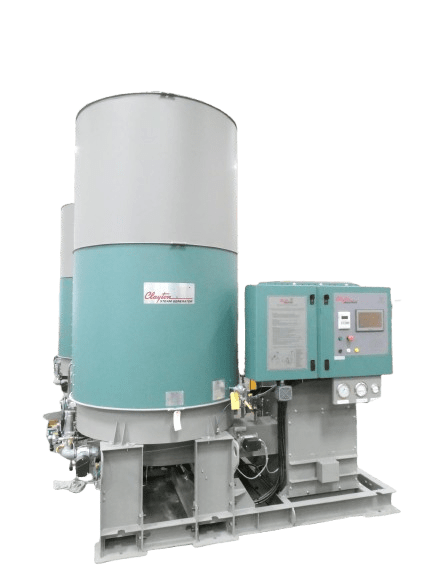
150 to 2000 BHP
Exhaust Boilers
Specifically designed to take advantage of the radiant heat and exhaust of industrial applications, our Exhaust Boilers can slash your fuel bills and leave more money in your pocket.
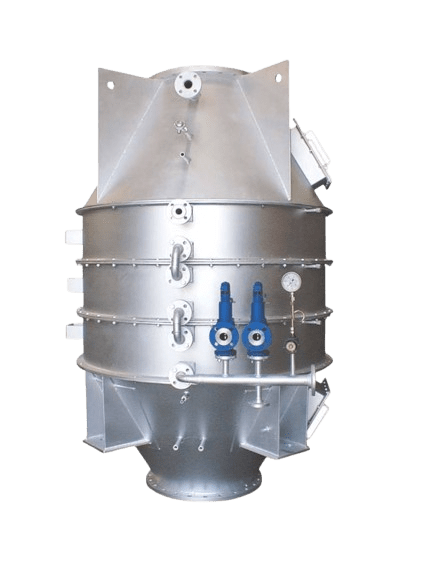
Exhaust Boilers
Specifically designed to take advantage of the radiant heat and exhaust of industrial applications, our Exhaust Boilers can slash your fuel bills and leave more money in your pocket.

Complete Steam Solutions
We’re more than just boilers. From ancillary equipment to rental steam, packaged systems to feedwater treatment, Clayton is your one stop shop for a complete steam solution.
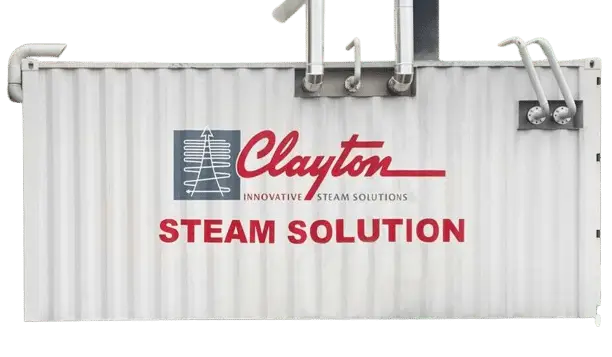
Complete Steam Solutions
We’re more than just boilers. From ancillary equipment to rental steam, packaged systems to feedwater treatment, Clayton is your one stop shop for a complete steam solution.
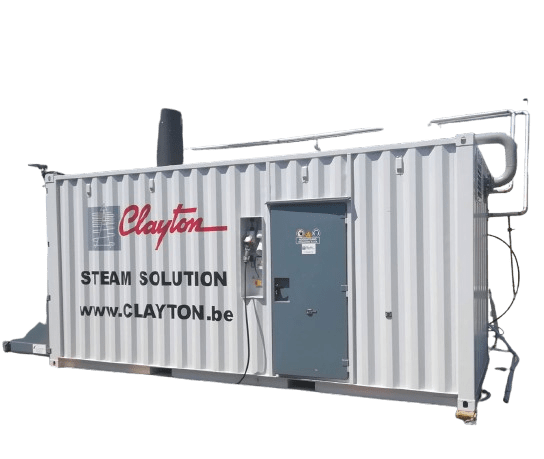
Hydro Steam Cleaners
Take advantage of a cost effective and emission free industrial cleaning solution, with our mobile and versatile Hydro Steam Cleaners.
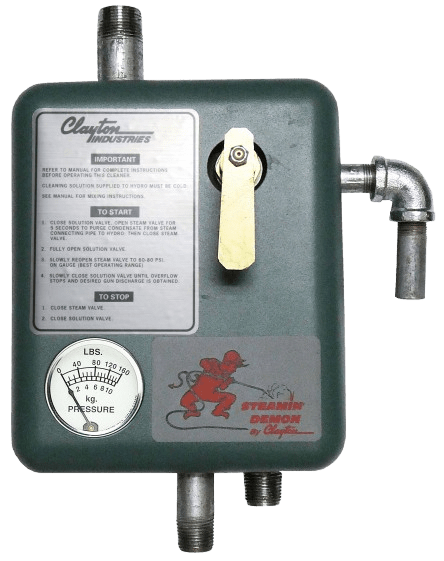
V-Series Electric Steam Boilers
Our latest product, the V-Series Boiler, allows you to say goodbye to fossil fuel connections and exhaust gas chimneys by taking full advantage of greener, cleaner technology, powered by our innovative steam technology.
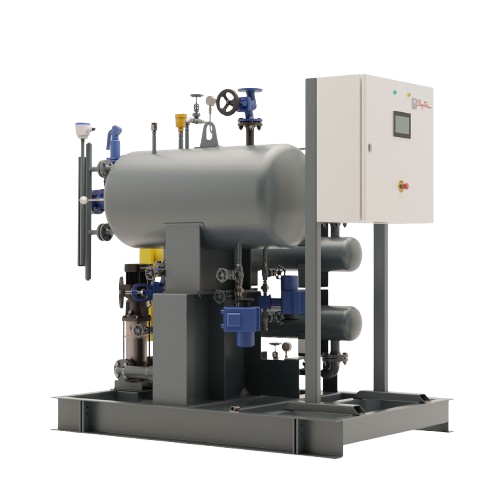
Hydro Steam Cleaners
Take advantage of a cost effective and emission free industrial cleaning solution, with our mobile and versatile Hydro Steam Cleaners.

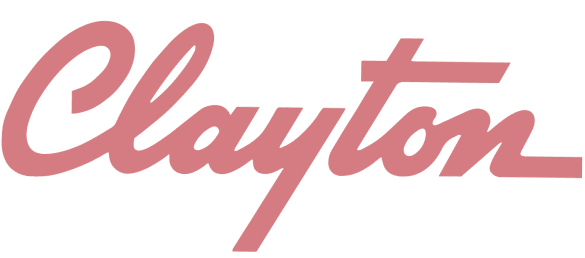

Contact a Clayton Representative

sales@claytonindustries.com

800 423 4585 or +1 626 435 1200 PST
Contact a Clayton Representative



